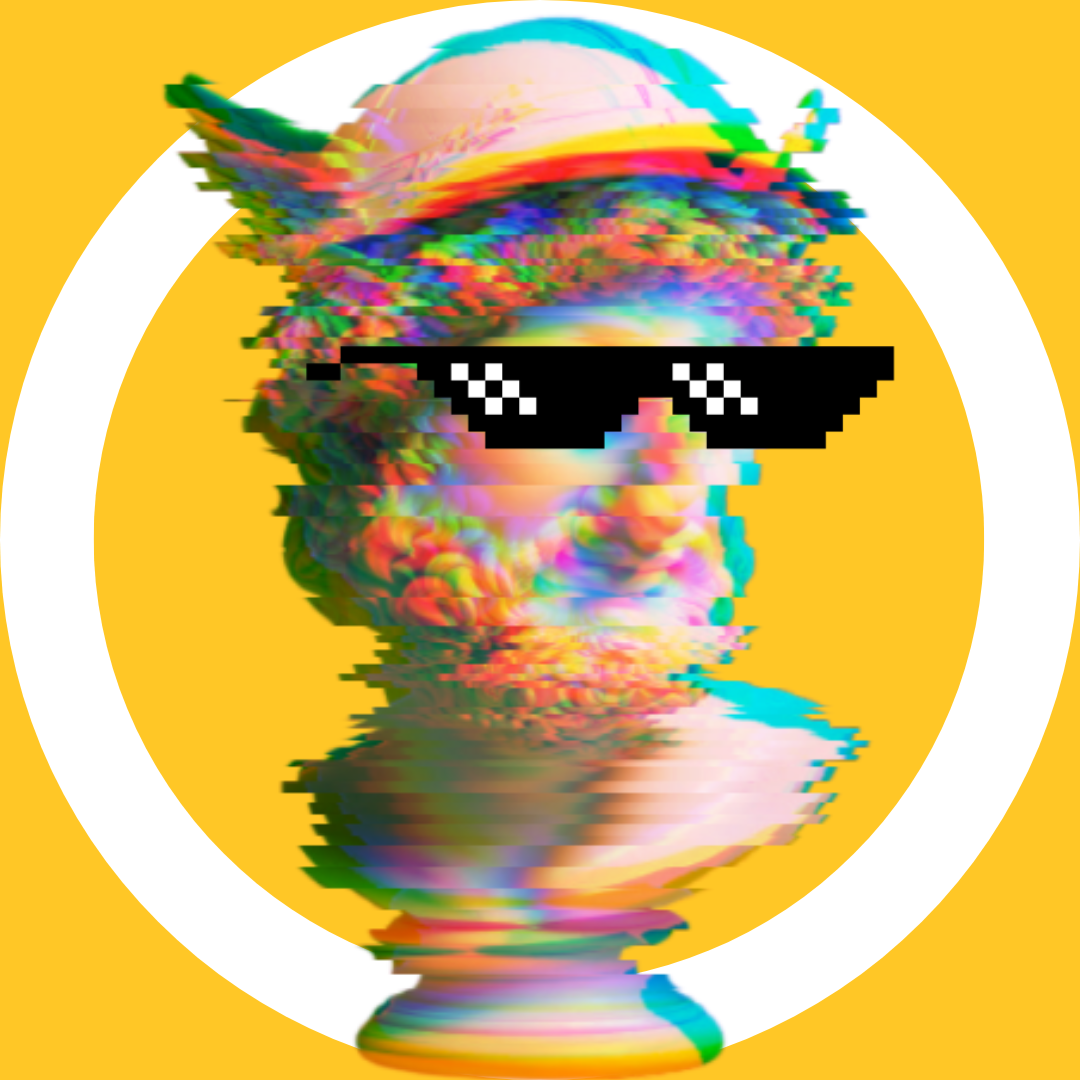Ambient Computing
Soliddd’s scientifically formulated and user-tested virtual reality smartglasses are lightweight and feel like normal eyeglasses. SolidddVision provides the first true vision correction—and, indeed, sight restoration for those living with vision loss due to macular degeneration.
The smartglasses use Soliddd’s unique and proprietary lens arrays, which resemble a fly’s eye, to project multiple separate images to the areas of the retina that are not damaged. This allows the brain to naturally construct stereopsis (the making of a 3D image in the brain) and a single full-field image with good acuity that feels like normal, in-focus sight.
We’ve already hit the point of wearable-tech-as-health-improvement-device with glasses.
I just concluded a prez to the Blue Ion crew by saying that smart/AR glasses are the next consumer computing wave.
This piece from The Verge makes me feel better about that prediction.
and the third is the idea that no one device is the future of XR. Headsets, for example, may just be “episodic” devices you use for entertainment. Glasses could supplement phones and smartwatches for discreet notifications and looking up information.
“The way I see it, these devices don’t replace one another. You’ll use these devices throughout your day,
Ambient computing!
There are plenty of hurdles left, but if Google has figured out on-lens optics, the big ones left are for the accountants.

